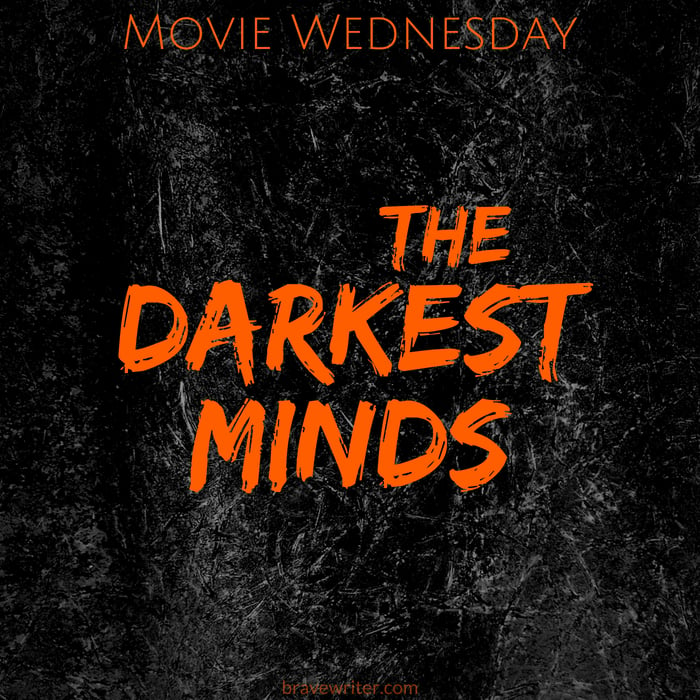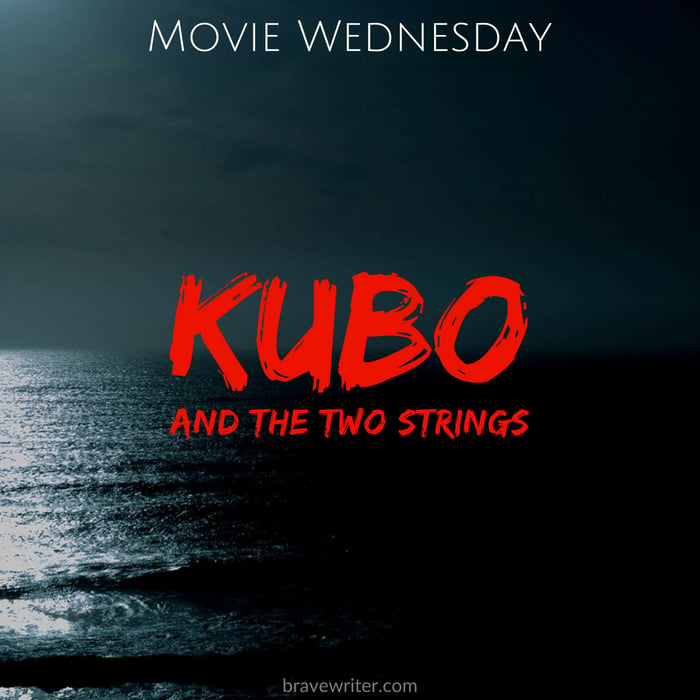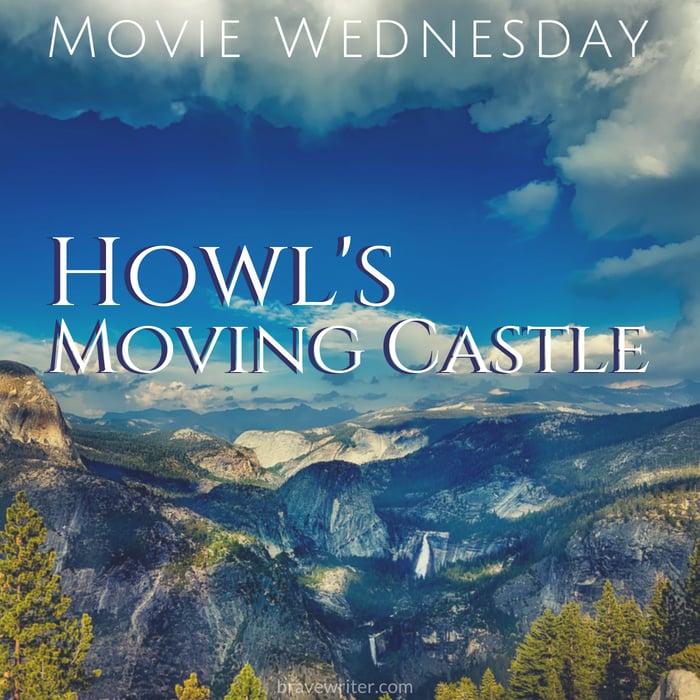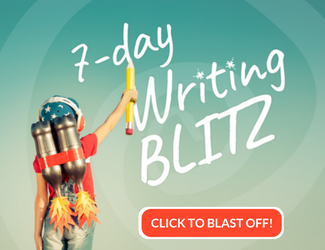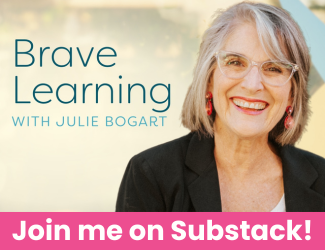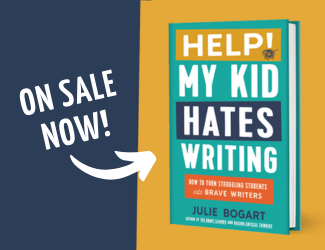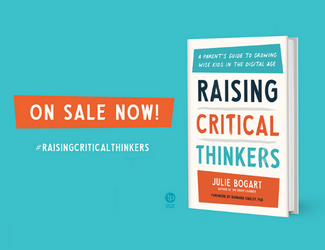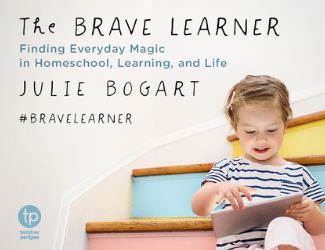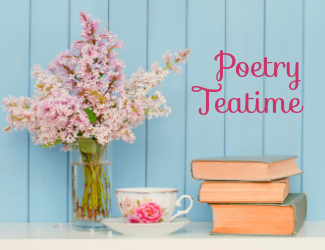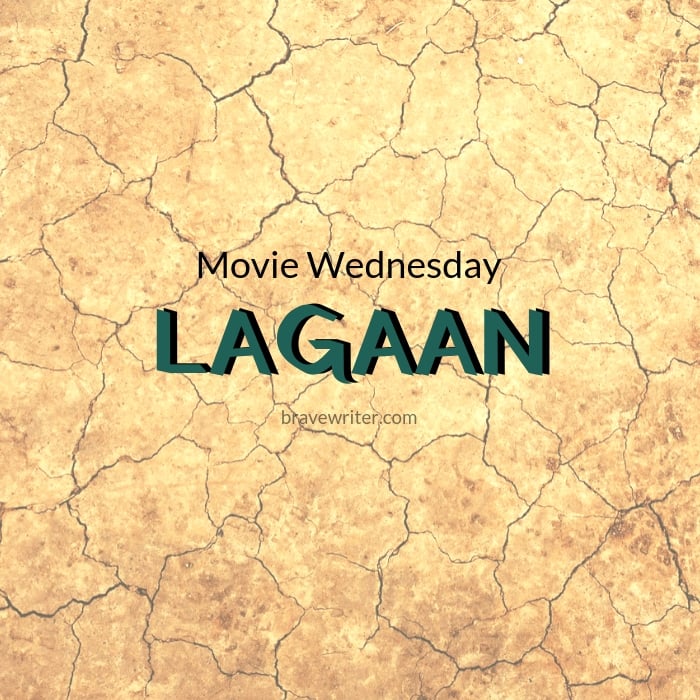
by Amy Frantz, Brave Writer alum
Once upon a time in India, in the village of Champaner, there is a drought making it impossible for the villagers to pay the British taxes that have been put on them. When the corrupt Captain Russell raises the taxes even further, Bhuvan, an inhabitant of Champaner, accepts the crooked captain’s challenge to a game of cricket. If the captain wins, the villagers must pay triple the regular taxes. But if Bhuvan and the village win, they will be exempt from taxes for the next three years. Bhuvan must unite his village if they will have any hope of learning the game and lifting the unfair tax.
[This post contains Amazon affiliate links. When you click on those links to make purchases,
Brave Writer receives compensation at no extra cost to you. Thank you!]
Lagaan: Once Upon a Time in India is a 2001 Academy Award nominated Bollywood musical sports-drama film set in colonial India during the Victorian period. The film stars Aamir Khan, who also produced the film, alongside Gracy Singh and Rachelle Shelley.
The title, Lagaan, translates to “taxation,” and among the film’s many themes, including the importance of communal unity and support, Lagaan explores some of the injustices brought about by colonial oppression. Specifically, unfair taxation by the occupying forces.
Colonialism is a policy where a country is occupied, politically taken over by another country, and exploited often for its natural resources and labor. We see this in the film as Captain Russell attempts to exploit the labor of the Champaner villagers, necessitating Bhuvan to make a stand against him.
Lagaan was filmed on location near Bhuj. It was difficult for the film crew to find a location to shoot because they needed a place where it had not rained in some time. The film features beautiful costumes, sweeping music, a lavish film style, and uplifting messages about teamwork, love, and overcoming obstacles.
Discussion Questions
- Do you have a favorite musical number from the film? Which one and why?
- Many blockbusters of western cinema clock in around two or two and a half hours. Lagaan is nearly four hours long. Did you find that the length allowed the film to explore its themes more deeply or did you find the pacing slow?
- A love triangle in stories is when three people have romantic feelings for each other. Lagaan includes a love triangle between Bhuvan, Gauri, and Elizabeth. Were you rooting for one of the girls to prevail in her affections? Were you happy with how the triangle resolved? Explain your answers.
- In the film, the character of Lakha spies on Bhuvan for Captain Russell. When the villagers discover his betrayal, they want retribution but Bhuvan decides to give Lakha another chance after Lakha sincerely apologizes. Would you have made the same choice as Bhuvan? Why or why not?
Additional Resources
Lagaan is streaming on Netflix
Amy Frantz is a Brave Writer alum. When not over-analyzing Star Wars, in her spare time you will find her belting musical numbers.


